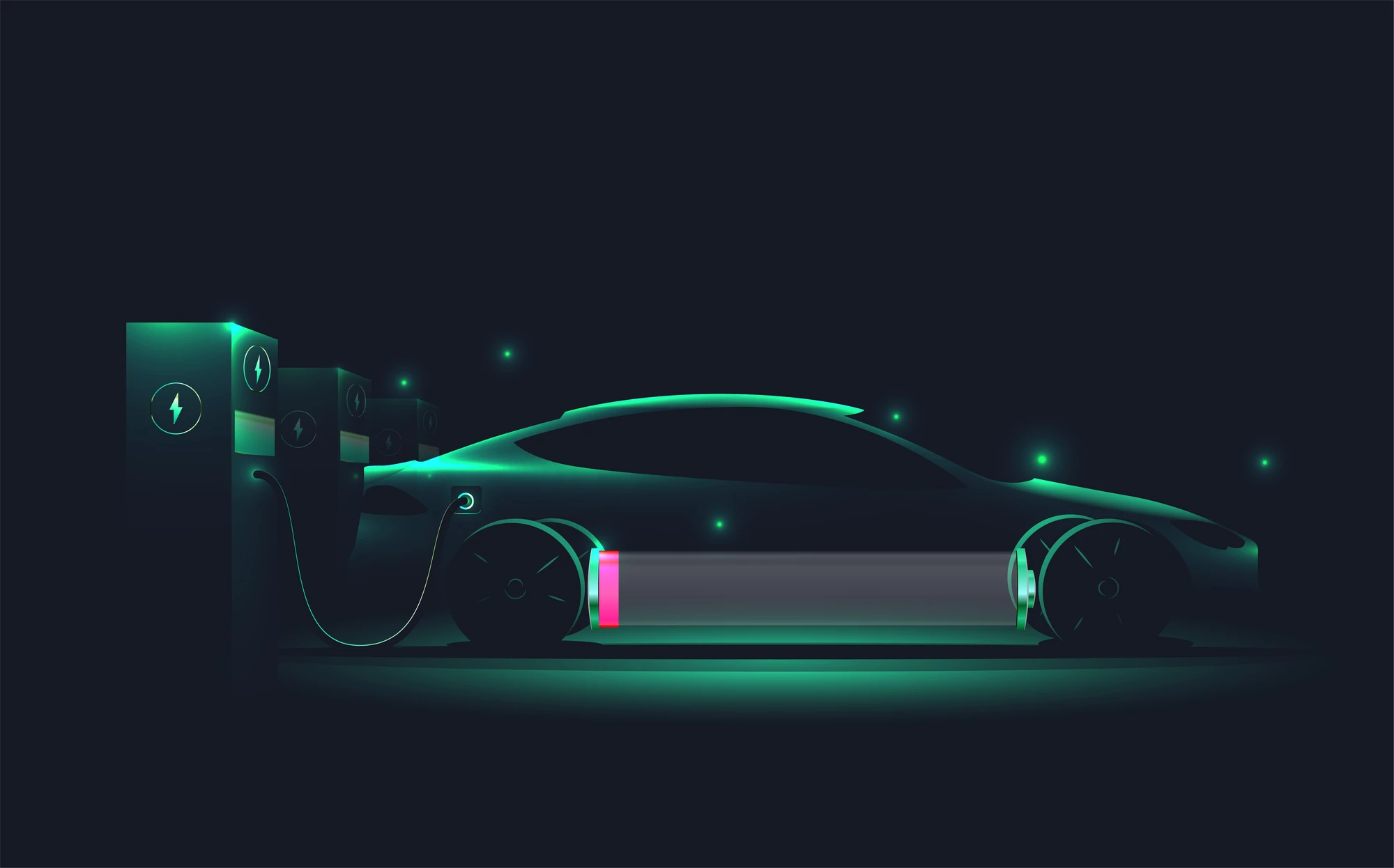Scientists have taken aim at inactive clumps of lithium that build up over a battery's lifetime and shown how they can be brought back to life to boost the performance of the device. They say this can be achieved simply through tweaks to the charging process, and the approach mightn't just benefit the batteries of today, but unlock next-gen battery designs with far greater densities.
The breakthrough comes from a team of scientists at the Department of Energy’s SLAC National Accelerator Laboratory and Stanford University, who were focused on what they call islands of inactive lithium. These form as batteries are cycled and the lithium ions travel back and forth between the two electrodes, with some failing in that journey and becoming electrochemically inactive, forming clumps that contribute to the decline in storage capacity over the device's lifetime, and possibly even worse outcomes.
“I always thought of isolated lithium as bad, since it causes batteries to decay and even catch on fire,” says Yi Cui, a professor at Stanford who led the research. “But we have discovered how to electrically reconnect this ‘dead’ lithium with the negative electrode to reactivate it.”
This discovery stems from Cui's suspicions that targeting the isolated islands of lithium with a voltage could shake them into action, and cause them to physically move between the electrodes. To test this theory, the scientists built an "optical" test battery designed to allow for real-time observations of the isolated lithium islands as the device was charged.
This experiment showed that the lithium island wasn't actually "dead," but would respond to the battery operations by slowly creeping toward one electrode during charging, and slowly creeping towards the other during discharging.
“It’s like a very slow worm that inches its head forward and pulls its tail in to move nanometer by nanometer,” Cui says. “In this case, it transports by dissolving away on one end and depositing material to the other end. If we can keep the lithium worm moving, it will eventually touch the anode (one of the two electrodes) and reestablish the electrical connection.”
Working toward that aim, the scientists carried out follow-up experiments in other test batteries and used computer simulations to show that the isolated lithium could actually be recovered through tweaks to the charging process.
“We found that we can move the detached lithium toward the anode during discharging, and these motions are faster under higher currents,” says study author Fang Liu. “So we added a fast, high-current discharging step right after the battery charges, which moved the isolated lithium far enough to reconnect it with the anode. This reactivates the lithium so it can participate in the life of the battery.”
According to the team, this breakthrough increased the lifespan of the test battery by 30 percent. It could lead also to improved designs for fast-charging batteries, or improved capacity and lifetime of today's rechargeable batteries, in turn leading to an increased range for electric vehicles or longer battery life for electronic devices.
The scientists also point out that the isolated lithium issue is a particular problem for lithium-metal batteries, a next generation design with the potential to hold up to 10 times more energy, but have struggled on the stability side of things. Integrating this new technology could help address this shortcoming.
“Our findings also have wide implications for the design and development of more robust lithium-metal batteries," says Liu.
The research was published in the journal Nature.
Source: Stanford University




